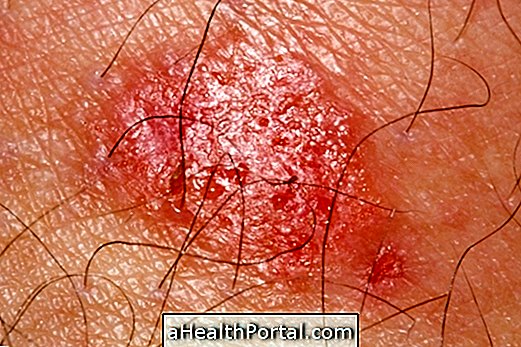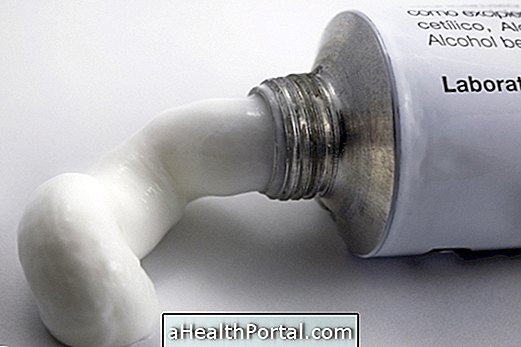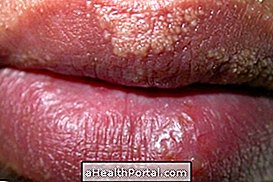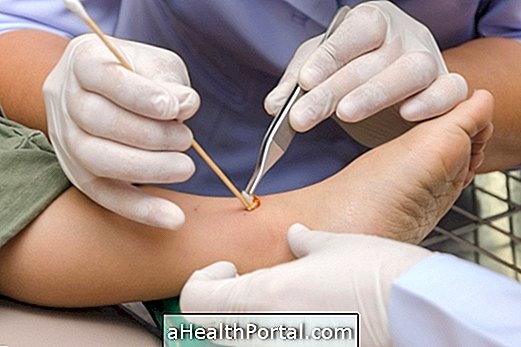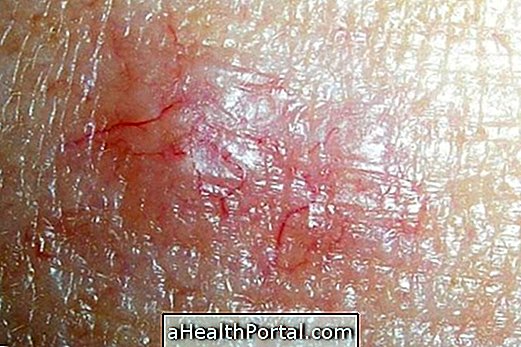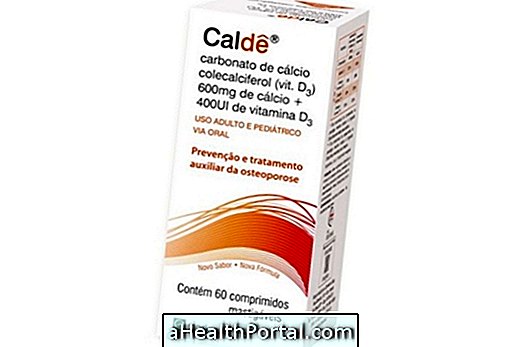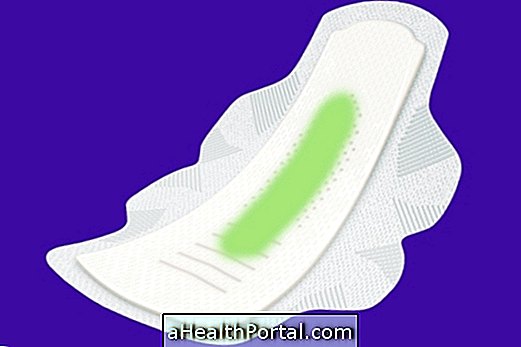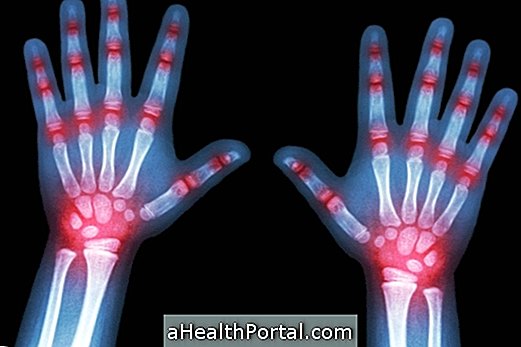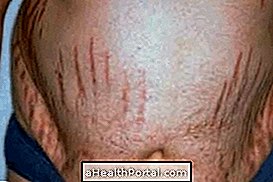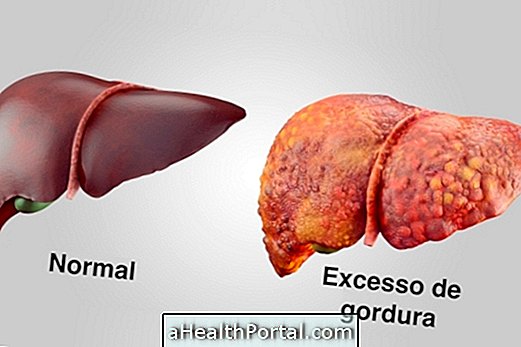The presence of inflamed lumps in the armpit or groin may be a disease called suppurative hydrosadenitis, which is an inflammation in the sweat glands, that is, in the sweat glands. This disease leads to the formation of several small wounds mainly in muffled and heavily sweaty body regions such as armpits, groin, anus and buttocks.
Thus, people who have this disease may find that they have boils, but the characteristics of these diseases are different, because in the hydrosadenite the nodules leave scars on the skin, which is not the case with boils. Learn how to identify and treat boils by clicking here.
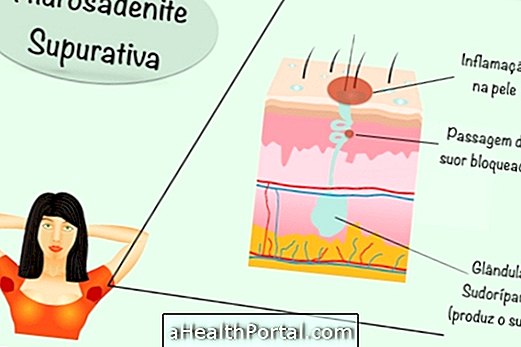
Symptoms
The first symptoms that may indicate hydrosadenitis are:
- Small regions of the skin that become swollen, hard, sore, inflamed and reddish;
- There may be itching, burning, and excessive sweating;
- Over time, the skin may turn bluish or purplish due to lack of blood.
The nodules caused by the disease may decrease spontaneously or burst, releasing pus before the skin heals. In some people after a few weeks or months the nodules return, usually in the same affected location previously.
In cases where several nodules appear or when they are constant and slow to heal, wounds may increase and form abscesses or ulcers, being more difficult to treat, requiring surgery.
Regions most affected
The regions of the body most affected by the suppurative hydrosadenitis are the groin, perineum, anus, buttocks and armpits, but this disease can also appear in the areolas of the sinuses and near the navel.
This disease usually appears in young women and can be caused by genetic alterations, weakness in the immune system or poor hygiene of the affected region, such as staying longer than 1 week without bathing, for example.
How to know if I have
The diagnosis of suppurative hydrosadenitis is made through the symptoms presented and the characteristics of the wounds on the skin and the history of the patient, being ideal to seek a general practitioner or a dermatologist to identify the problem early on and start the appropriate treatment.
Treatment
Suppurative hydrosadenitis has no definitive cure, but during the early stages of the disease the treatment has great success in controlling the symptoms, and is usually done with the use of antibiotic creams and corticosteroid injections at the affected site.
In more advanced stages of the disease, the doctor may also prescribe antibiotics in the form of pills and medicines that control the production of hormones, especially in women.
In more severe cases, it may be necessary to have surgery to remove the region of the skin with defective glands and replace it with healthy skin grafts, curing the disease in that region operated.
In addition, some general care should be taken during treatment in all cases, such as maintaining proper hygiene of the place, avoiding the use of tight clothing and applying wet compresses to the wounds. Here's how to maintain proper intimate hygiene by clicking here.
